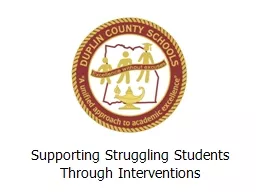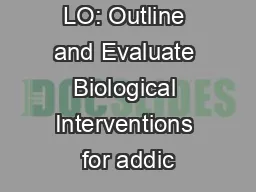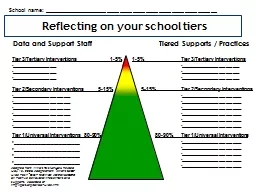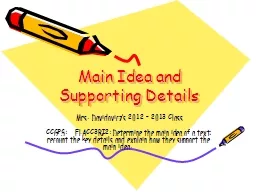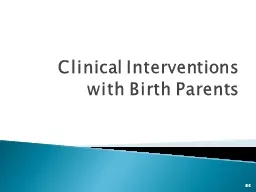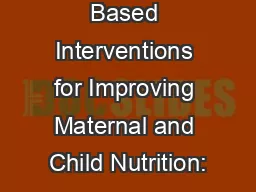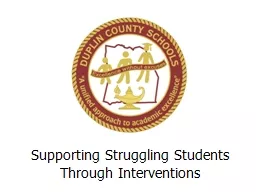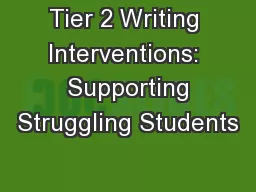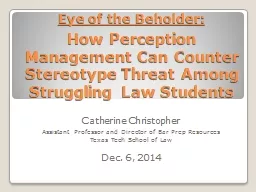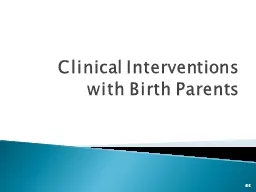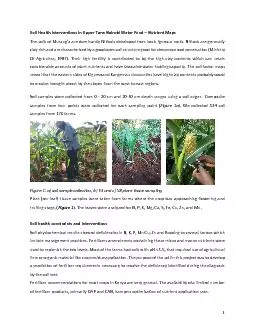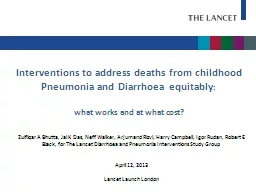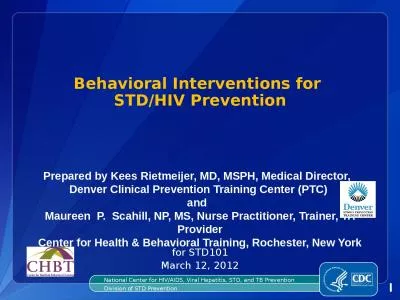PPT-Supporting Struggling Students Through Interventions
Author : alida-meadow | Published Date : 2019-02-27
Five Steps to Developing a Proactive Intervention Plan Identify mastery thresholds Establish red flags Develop formative assessments Select appropriate interventions
Presentation Embed Code
Download Presentation
Download Presentation The PPT/PDF document "Supporting Struggling Students Through I..." is the property of its rightful owner. Permission is granted to download and print the materials on this website for personal, non-commercial use only, and to display it on your personal computer provided you do not modify the materials and that you retain all copyright notices contained in the materials. By downloading content from our website, you accept the terms of this agreement.
Supporting Struggling Students Through Interventions: Transcript
Download Rules Of Document
"Supporting Struggling Students Through Interventions"The content belongs to its owner. You may download and print it for personal use, without modification, and keep all copyright notices. By downloading, you agree to these terms.
Related Documents

